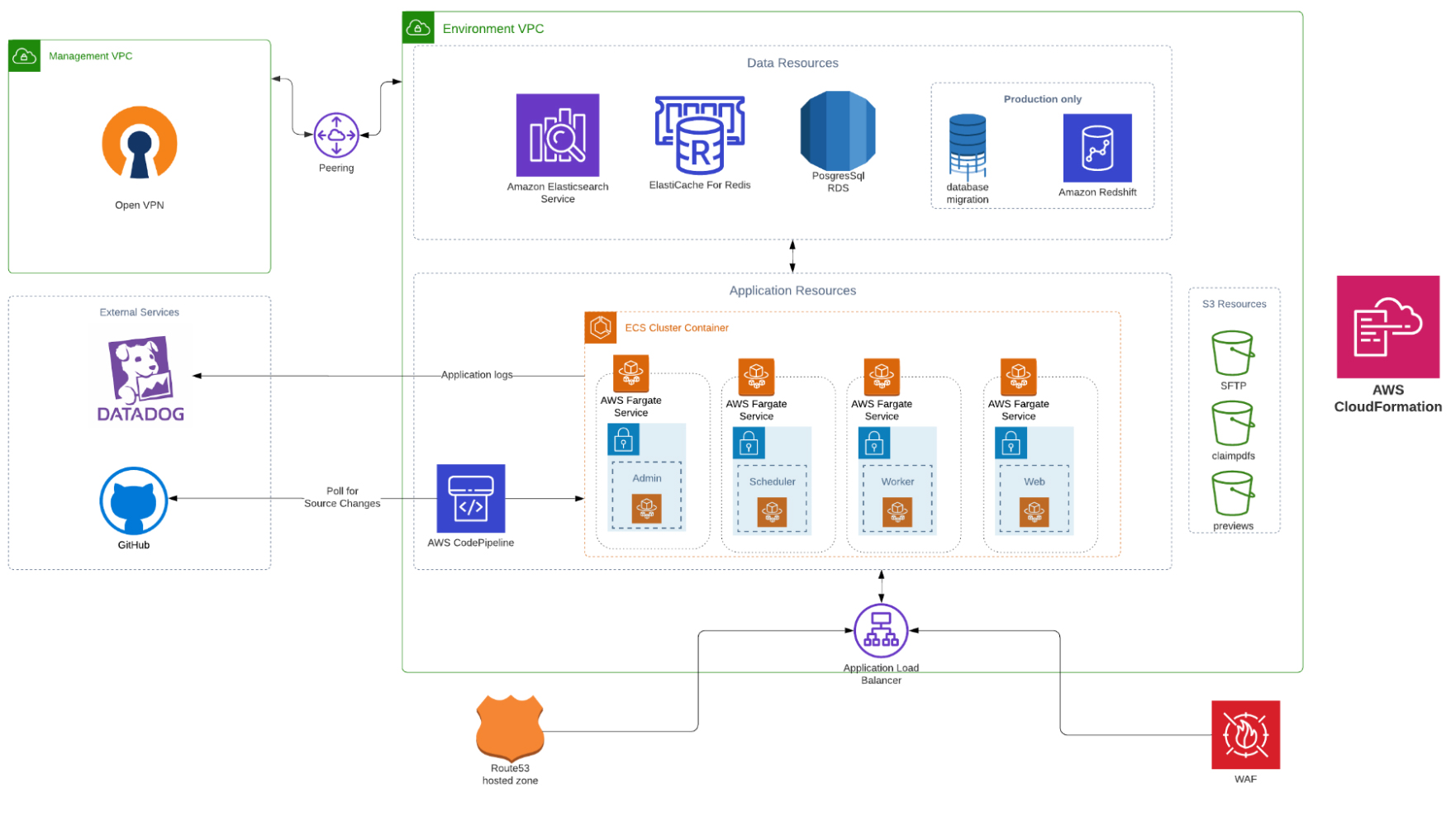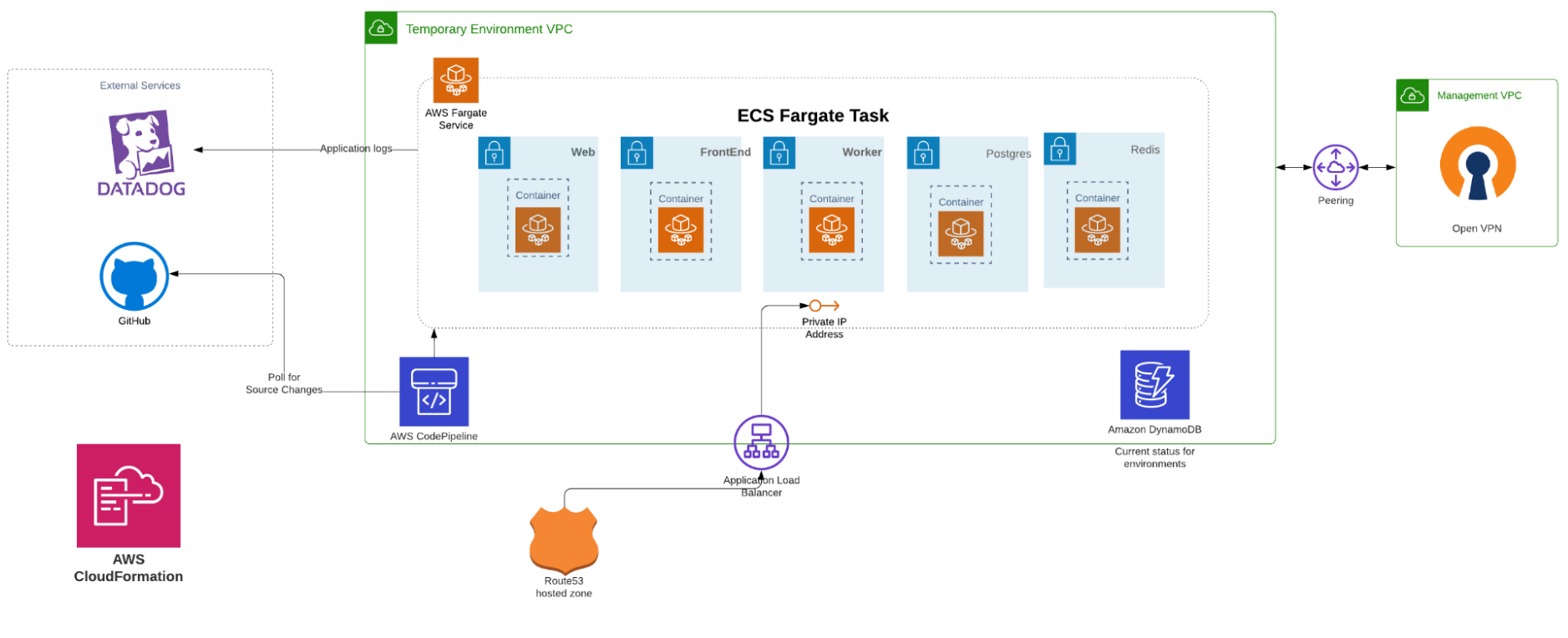Case Study
nClouds AWS Case Study | XCLAIM
Founded in 2018, XCLAIM is revolutionizing the bankruptcy claims market by aggregating all US bankruptcy claims into a single centralized marketplace. Bankruptcy claims are unpaid receivables to vendors, suppliers, landlords, employees, and other creditors. Rather than wait years for the bankruptcy court processes to issue payment distributions, creditors can sell their claim to interested buyers. Last year, more than $400 billion of bankruptcy claims were traded.
XCLAIM’s platform is the first of its kind to enable digital trading of bankruptcy claims at scale. The company’s mission is to maximize value and empower all stakeholders in the claims trading ecosystem by digitally enhancing the efficiency and transparency of today’s bankruptcy trading markets. For more information about XCLAIM, go to: x-claim.com

Industry
Location
The Challenge
Featured Services
High availability and scalability
Enhanced fault tolerance
Automation for faster time-to-market and operational efficiency
CHALLENGE
To support the fast growth of this startup company, XCLAIM needed a modern infrastructure with increased automation to deploy new features faster and improve operational efficiency.

“nClouds is very responsive to our needs and is a valuable extension of our team. I appreciate their clear communication of tasks and timing for their ongoing DevOps support of XCLAIM’s infrastructure on AWS.”

THE SOLUTION
Applying AWS Well-Architected Framework best practices guidance, nClouds improved the existing Amazon ECS-based compute platform. AWS Auto Scaling now adjusts capacity to maintain steady, predictable performance, and AWS services are deployed across two AZs for high availability, fault tolerance, and scalability.
Ready to Accelerate?
No matter where you are in your cloud journey, we can help you migrate, modernize, and manage your AWS environment. Let’s accelerate your growth and fast-track your business outcomes.
